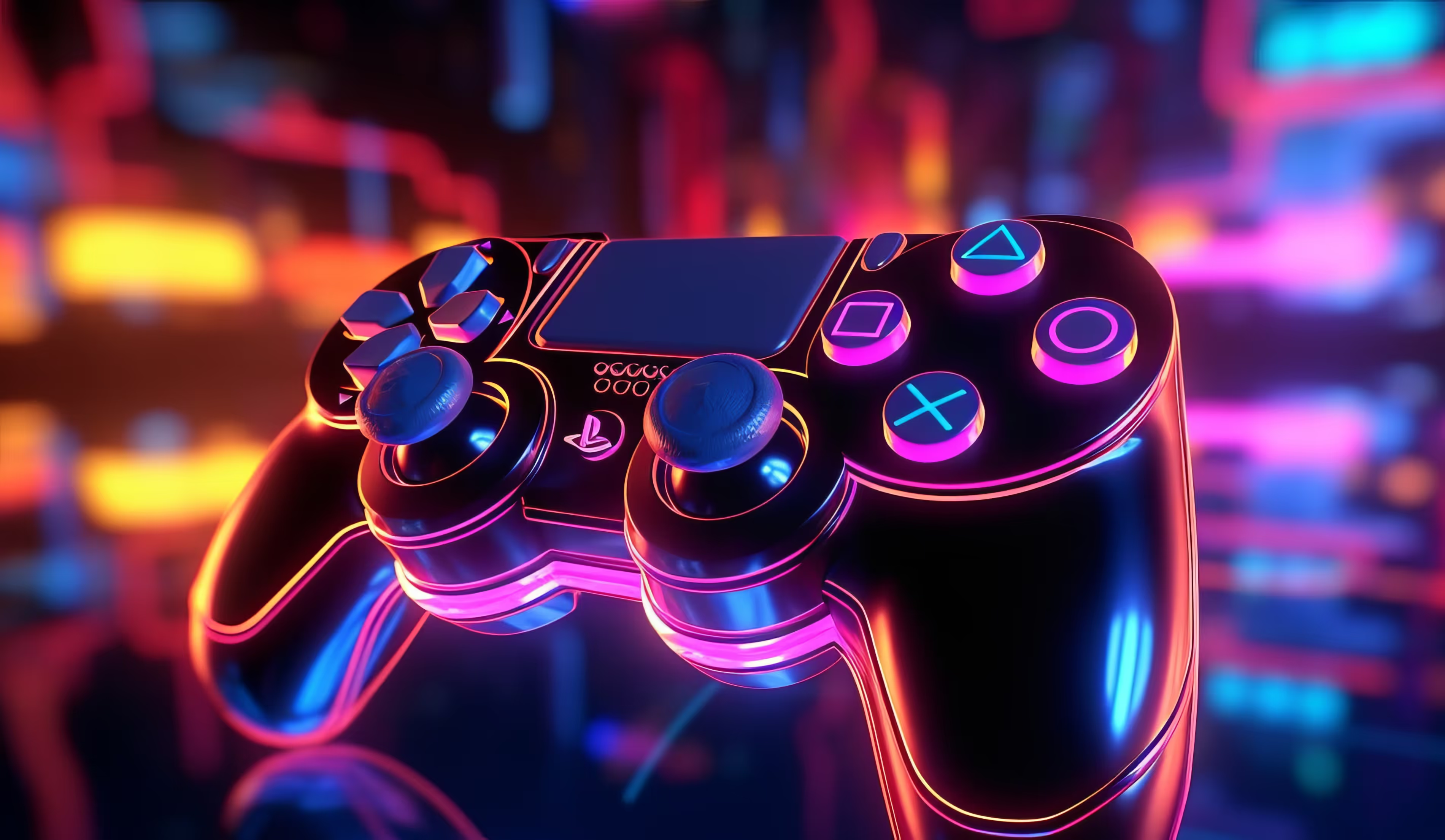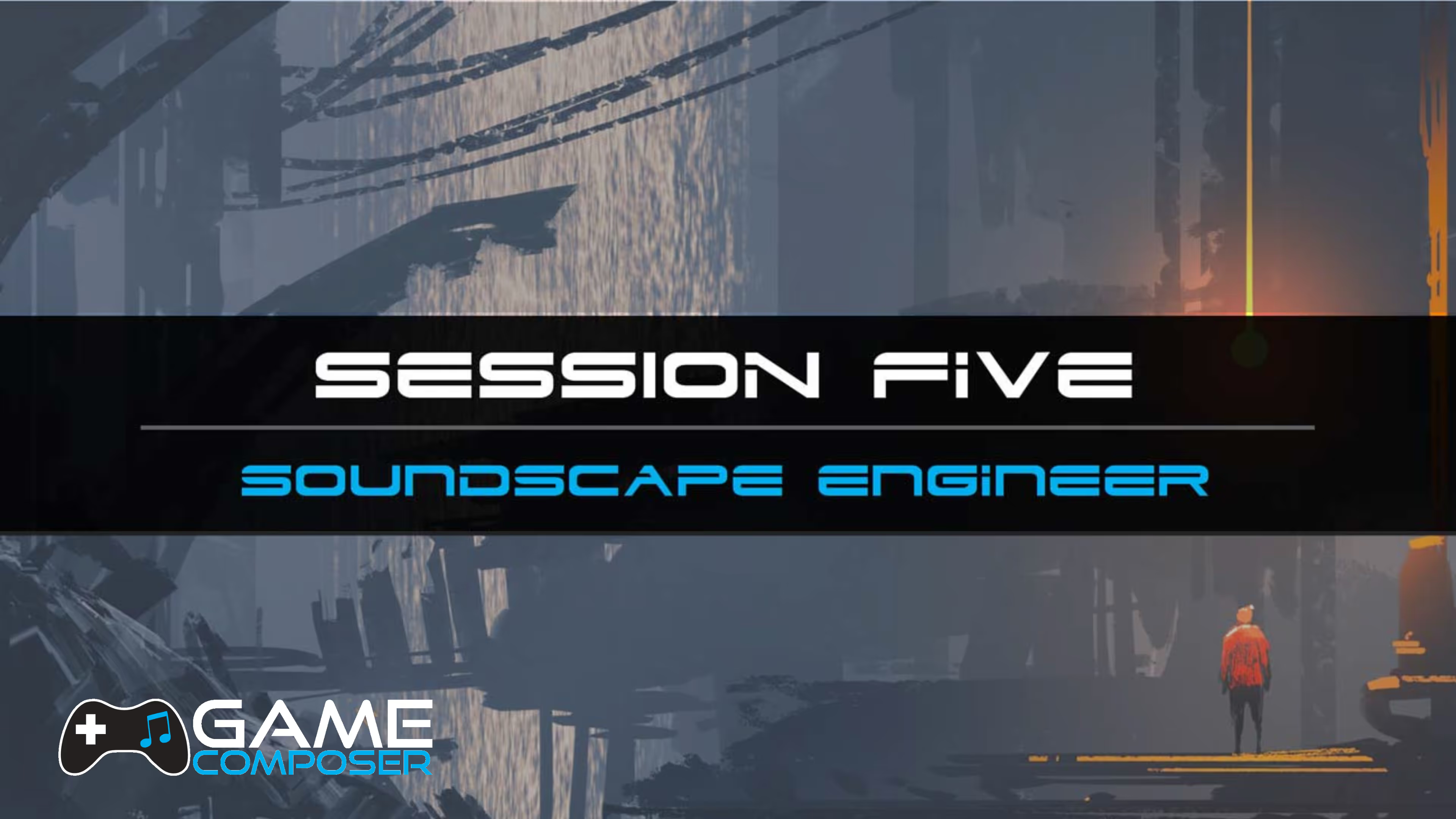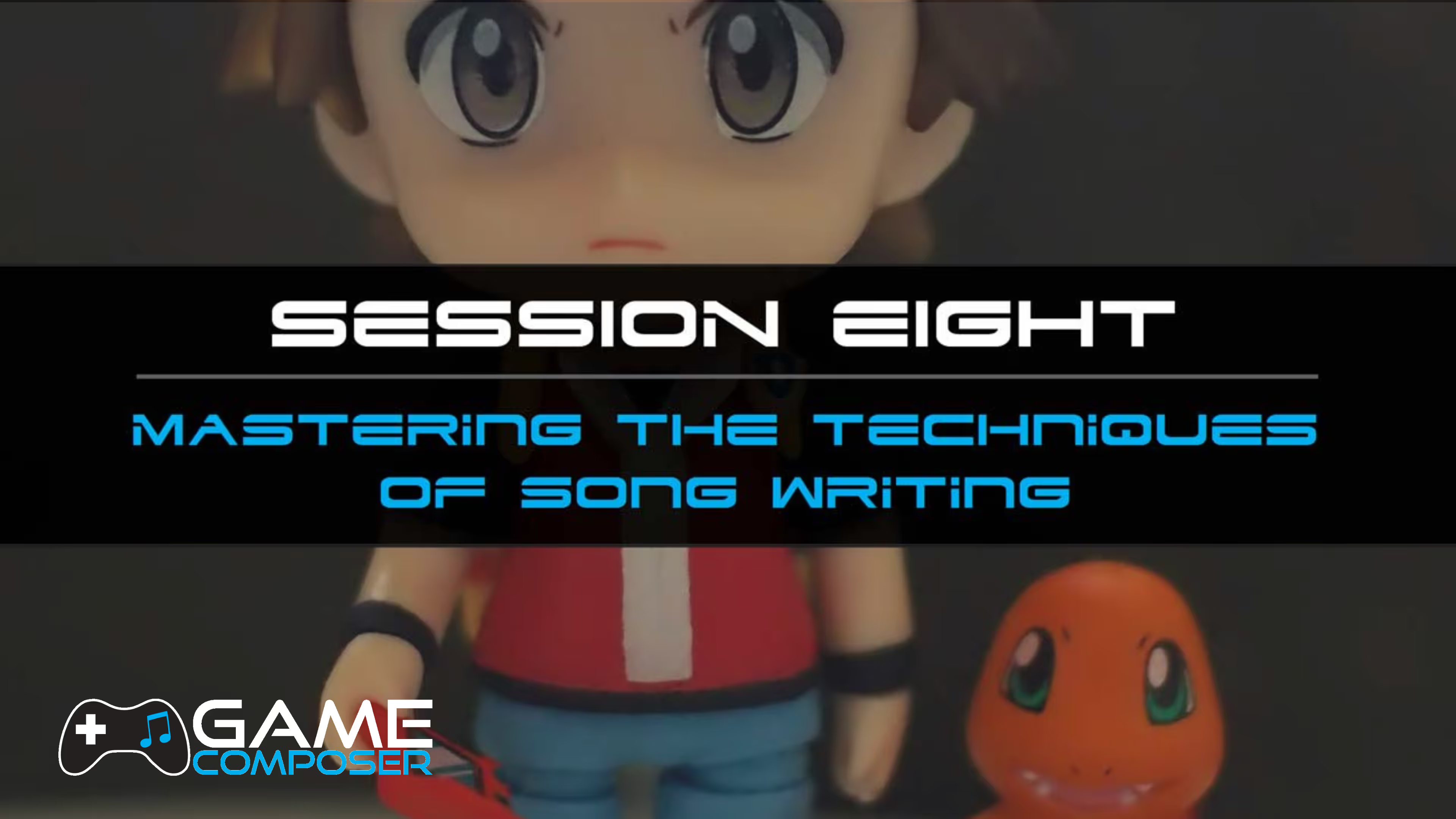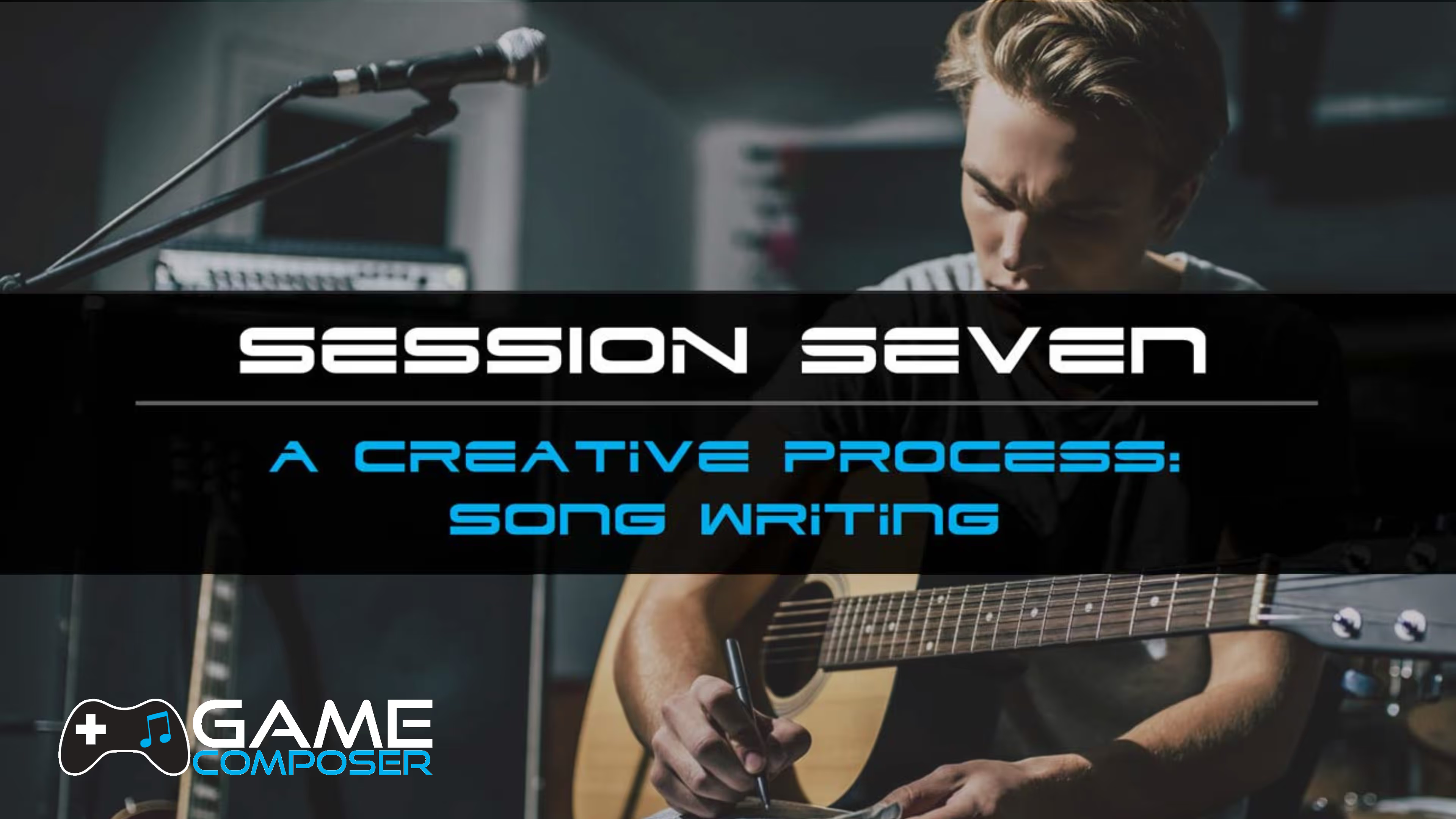Game Composer
Tap into the passion and creativity of your students with Game Composer—a curriculum designed for the next generation of music makers.
Video Game Music (VGM) is one of the most popular and relatable genres for teens today, making it the perfect gateway to core musical concepts, composition, and real-world skills.
Each session offers hands-on projects, industry insights, and flexible pathways for all learners, whether they’re new to music or looking to expand their skills into digital portfolios. Bring musical storytelling, sound design, and songwriting to life—one game level at a time!
Get started below—explore each Game Composer session, including an overview of the activities, and see how this program can be a game-changer for your music classroom.

Game Composer Sessions
Session 1
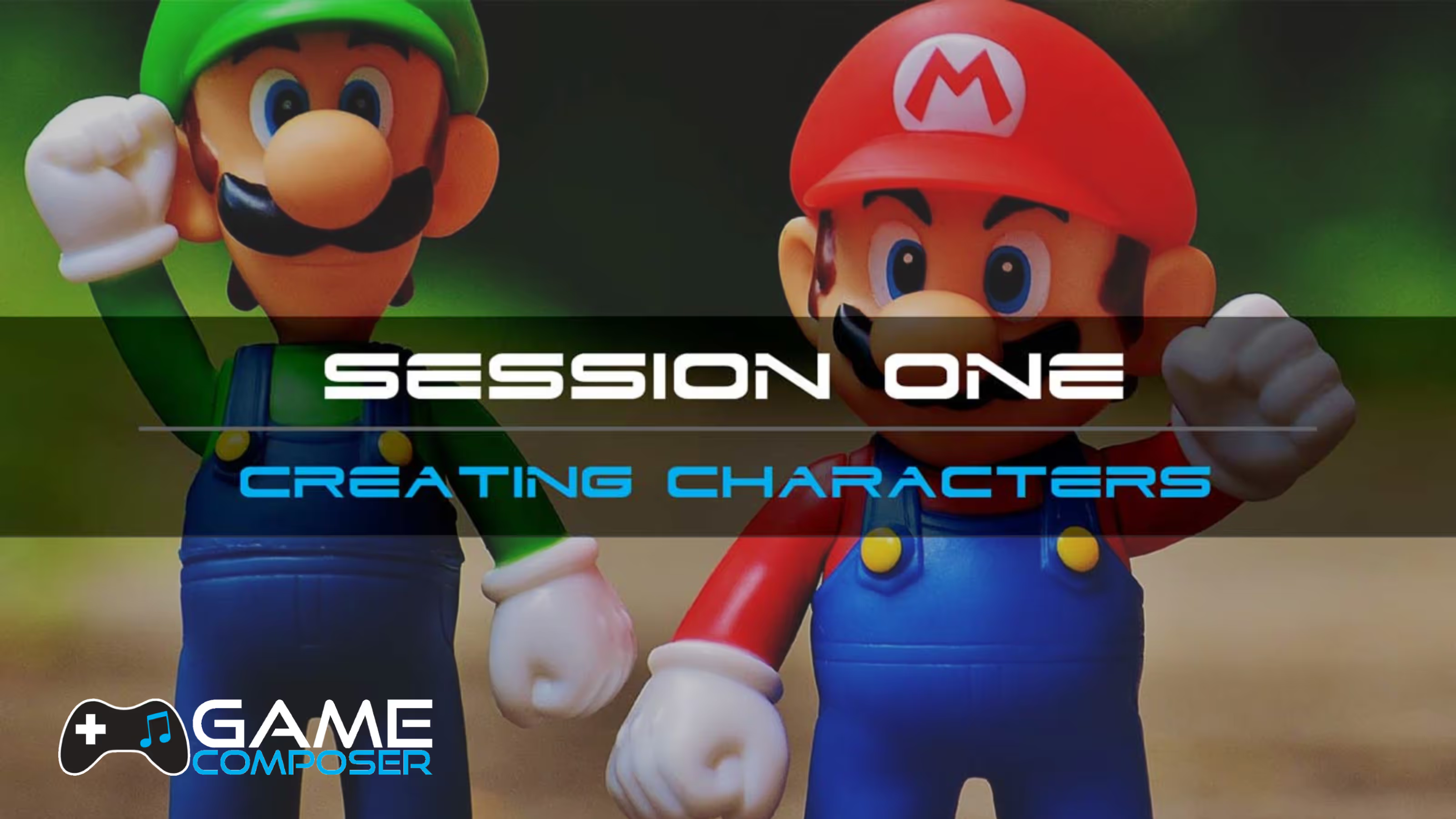
Character Creation & Leitmotifs
Discover the magic behind video game soundtracks by creating original characters and composing unique musical themes (leitmotifs).

Session 1
Character Creation & Leitmotifs
Inspired by Koji Kondo’s legendary compositions, students explore the process of inventing characters and writing leitmotifs that express their personalities. With guided tutorials for GarageBand, Soundtrap, BandLab, or GarageBand for iPad, students learn core music theory concepts like intervals and melodic contour, setting the foundation for digital portfolio building and future sessions.
Session 2
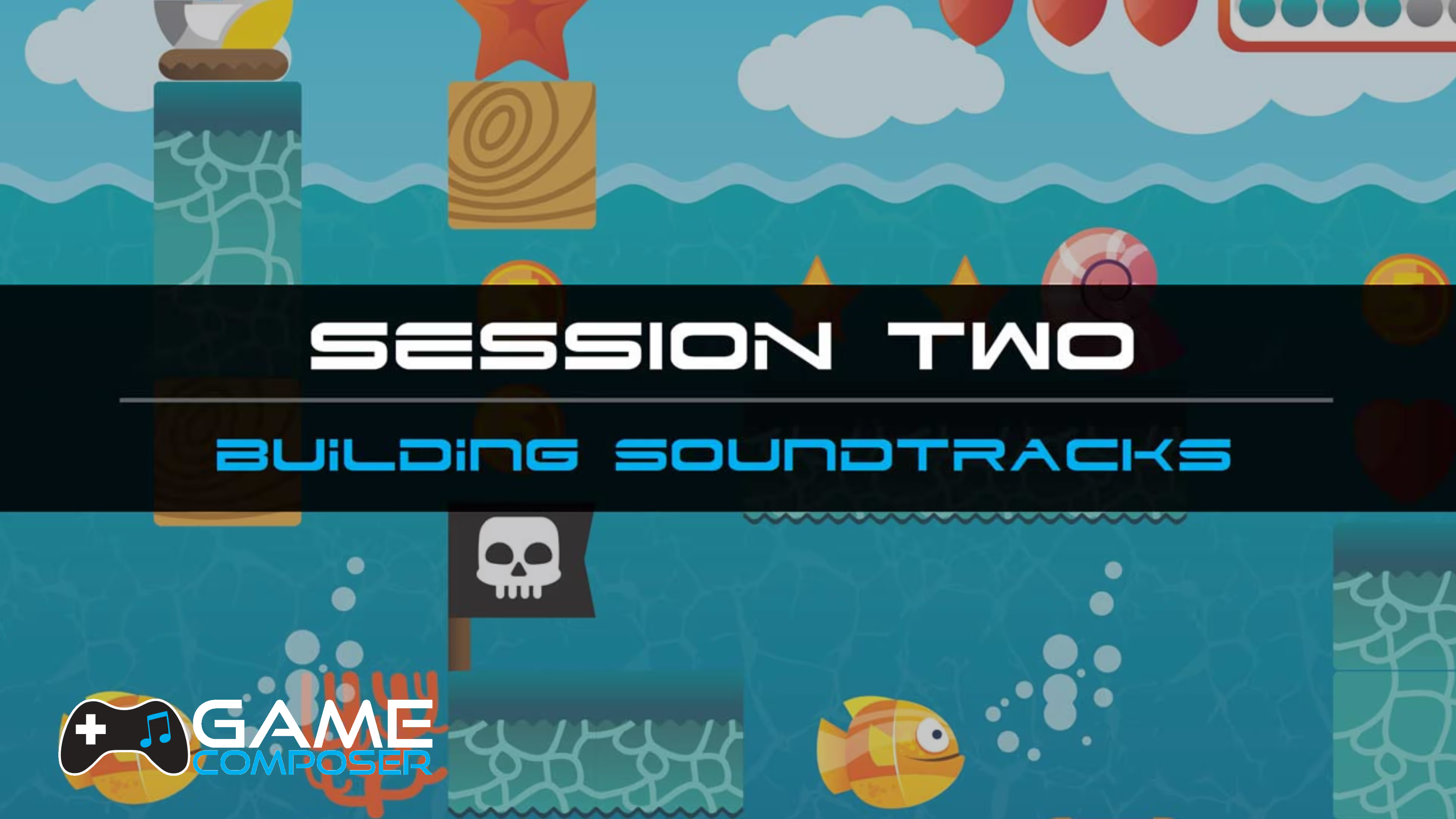
Composing Game Soundtracks
Dive into game soundtrack composition and master musical techniques used by the world’s top video game composers.

Session 2
Composing Game Soundtracks
Through listening tasks and hands-on composition, students use pentatonic scales, repetition, inversion, and call-and-response to craft soundtracks that respond to gameplay. Learn from Nobuo Uematsu (Final Fantasy), discovering dynamic music, loops, and stingers. Students compose music that adapts to player actions, developing analytical and creative skills with stealthy music theory embedded throughout.
Session 3
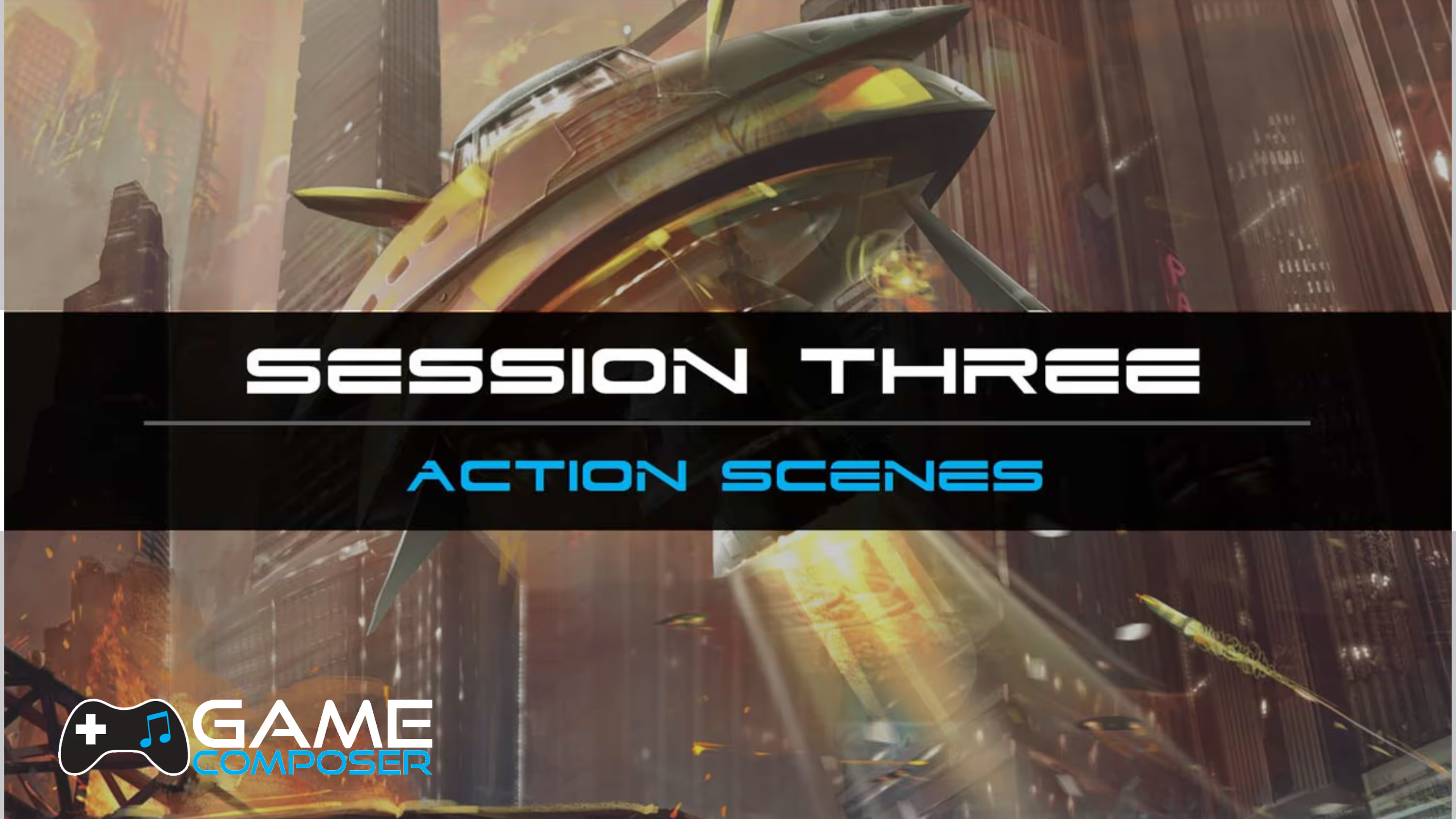
Action Scenes
Unleash the power of music to heighten action and drama in video games. Learn the unique composition techniques of this billion dollar industry.

Session 3
Action Scenes
Study the iconic work of Martin O’Donnell and Michael Salvatori (Halo) to understand how rhythm, melody, and harmony create excitement in action gameplay. Students learn about diegetic vs. non-diegetic music and use these concepts to compose their own action scene soundtrack—adding to their digital portfolio and sharpening their real-world music tech skills.
Program Features & Outcomes

8 engaging sessions, each focused on a core aspect of video game music creation
Real-world skills in composition, sound design, song writing and digital portfolio building
Flexible pathways: suitable for beginners and advanced students
Aligned to national and international curriculum standards (ACARA, NESA, NCAS, UK National, and more)
Supports GarageBand, Garageband iOS, Soundtrap, BandLab, Noteflight, Sibelius & MuseScore softwares
Guided video tutorials and hands-on creative tasks
Perfect for Grades 7–10, middle & high school music classrooms
Encourages collaboration, digital literacy, independent learning and creative confidence
Software supported in Game Composer:







